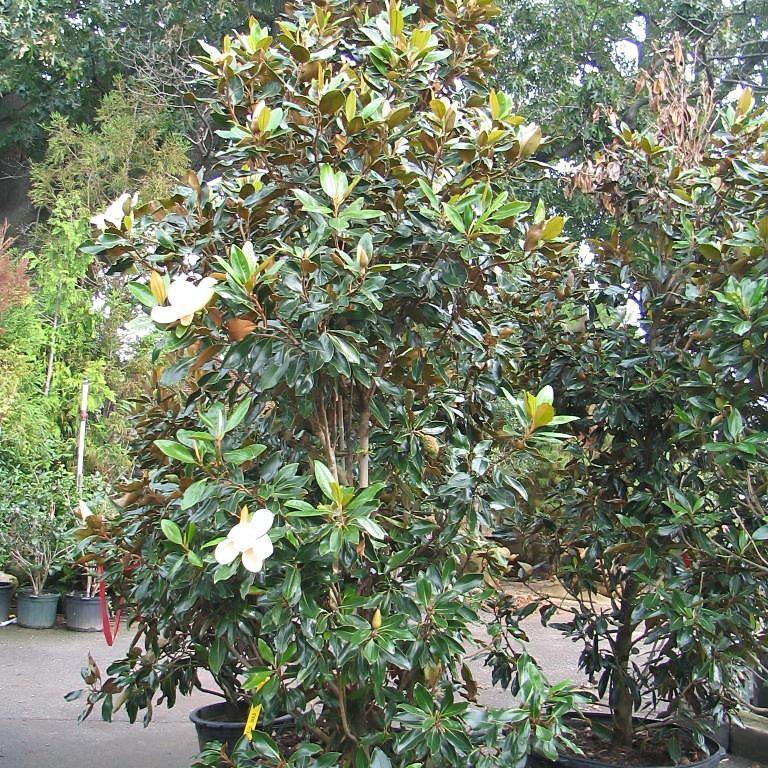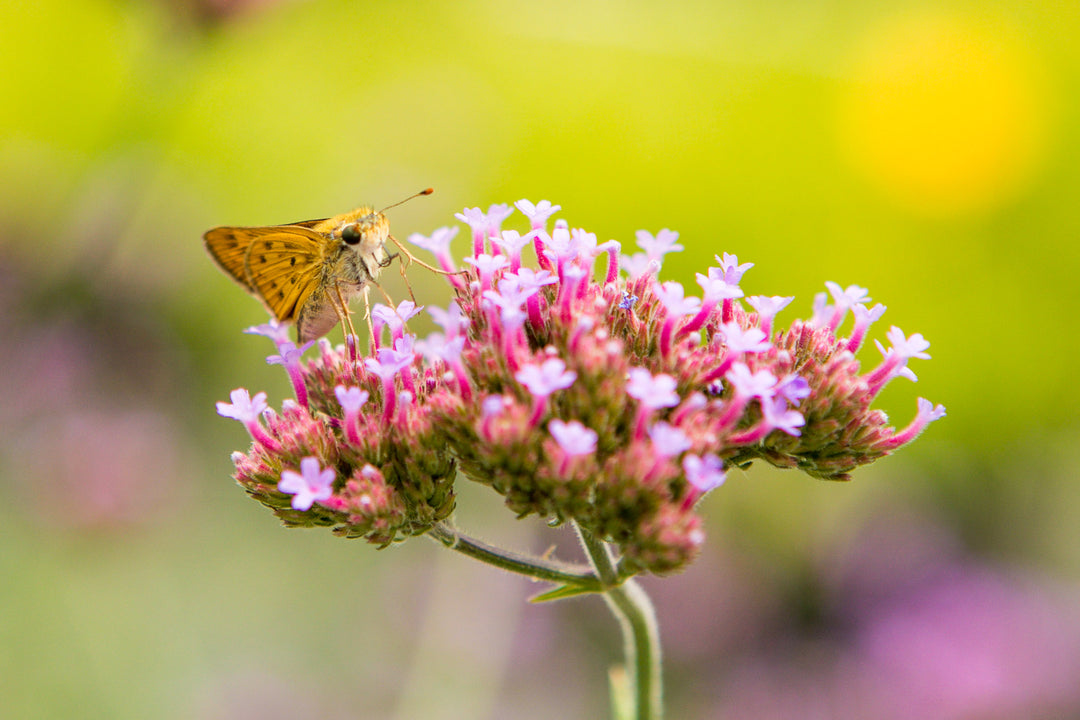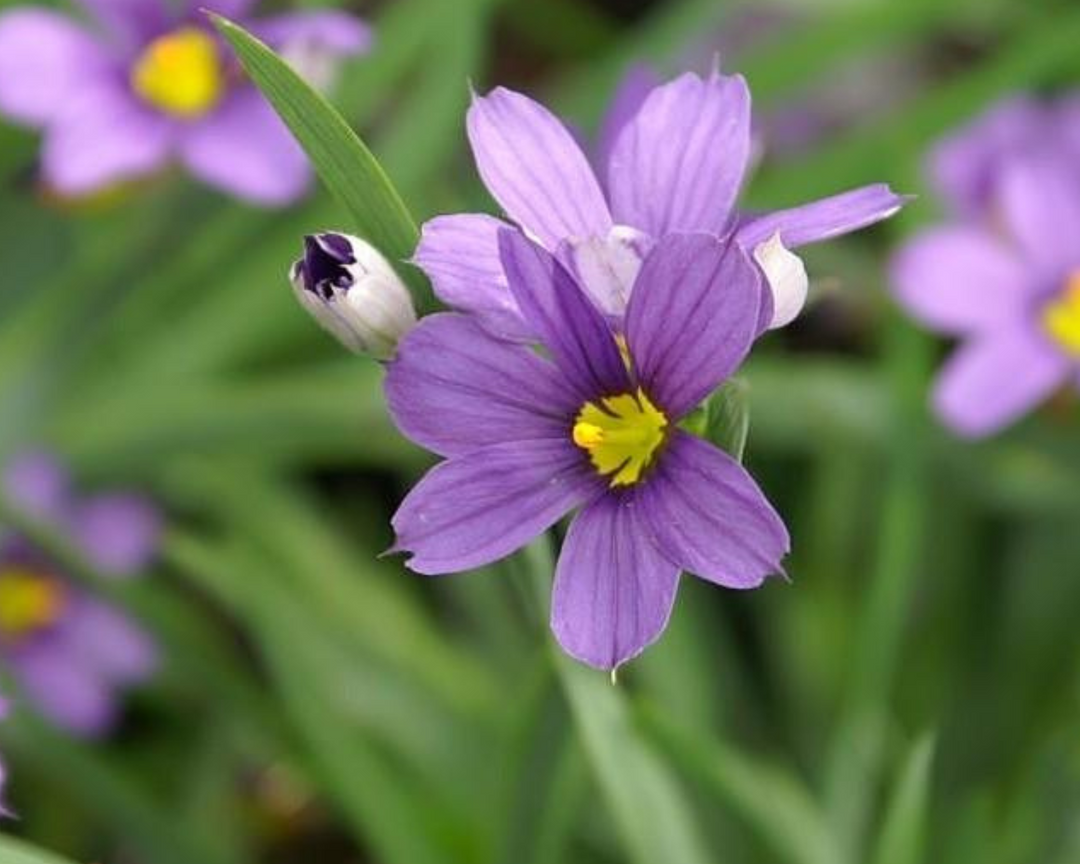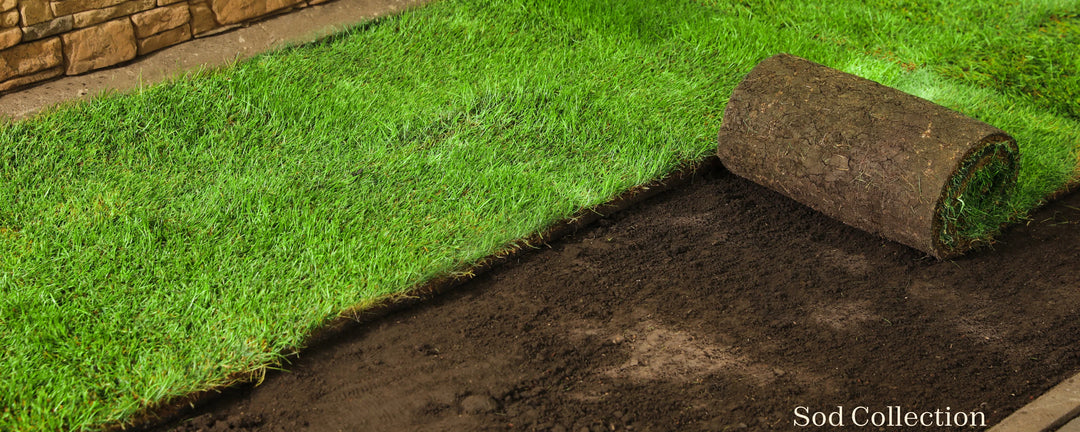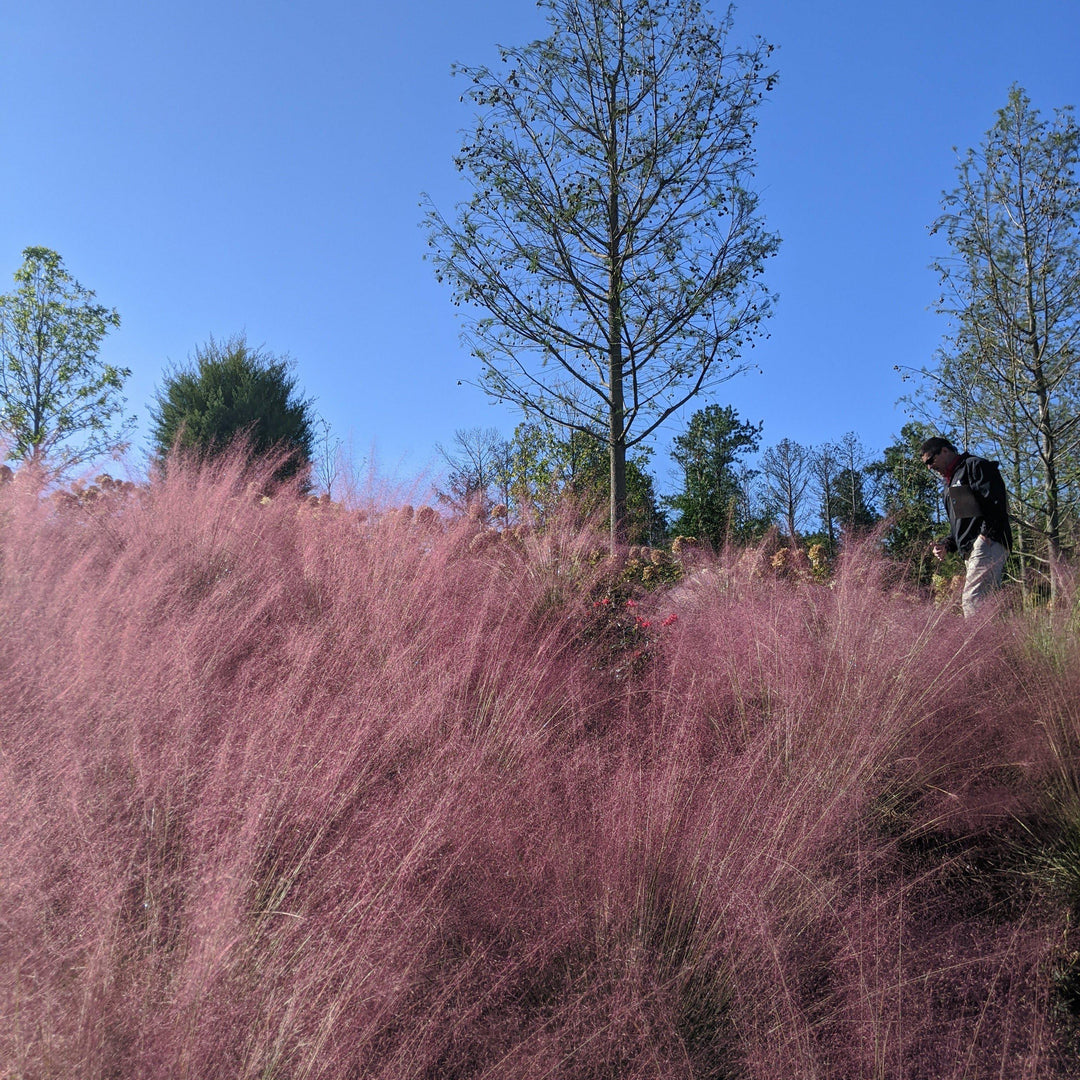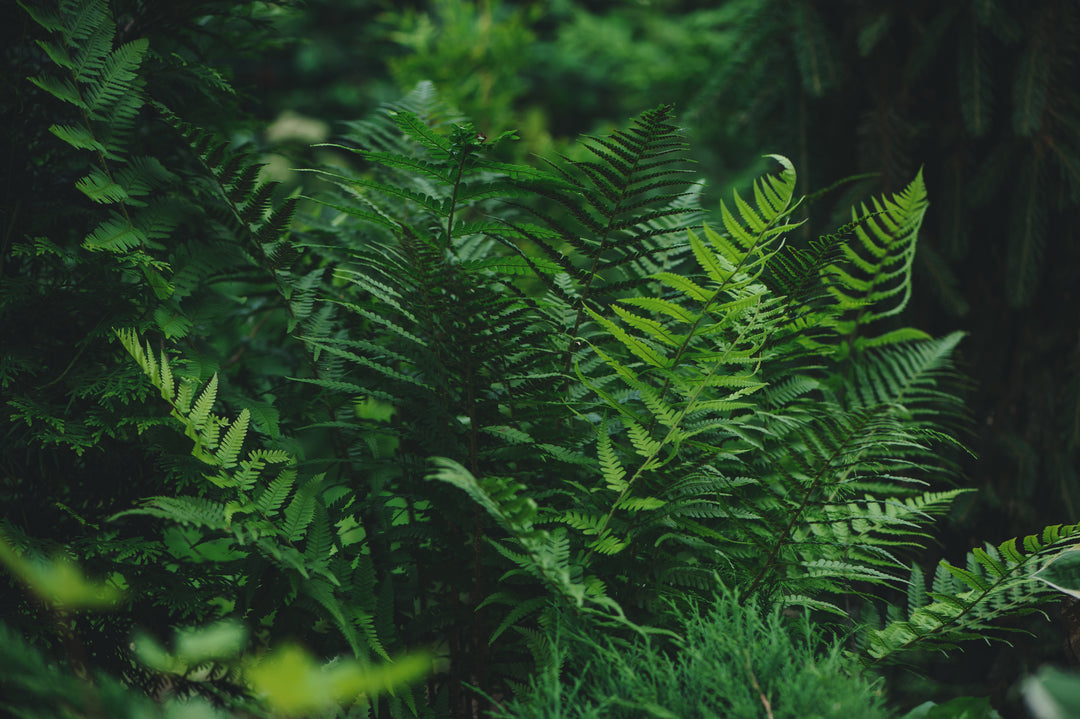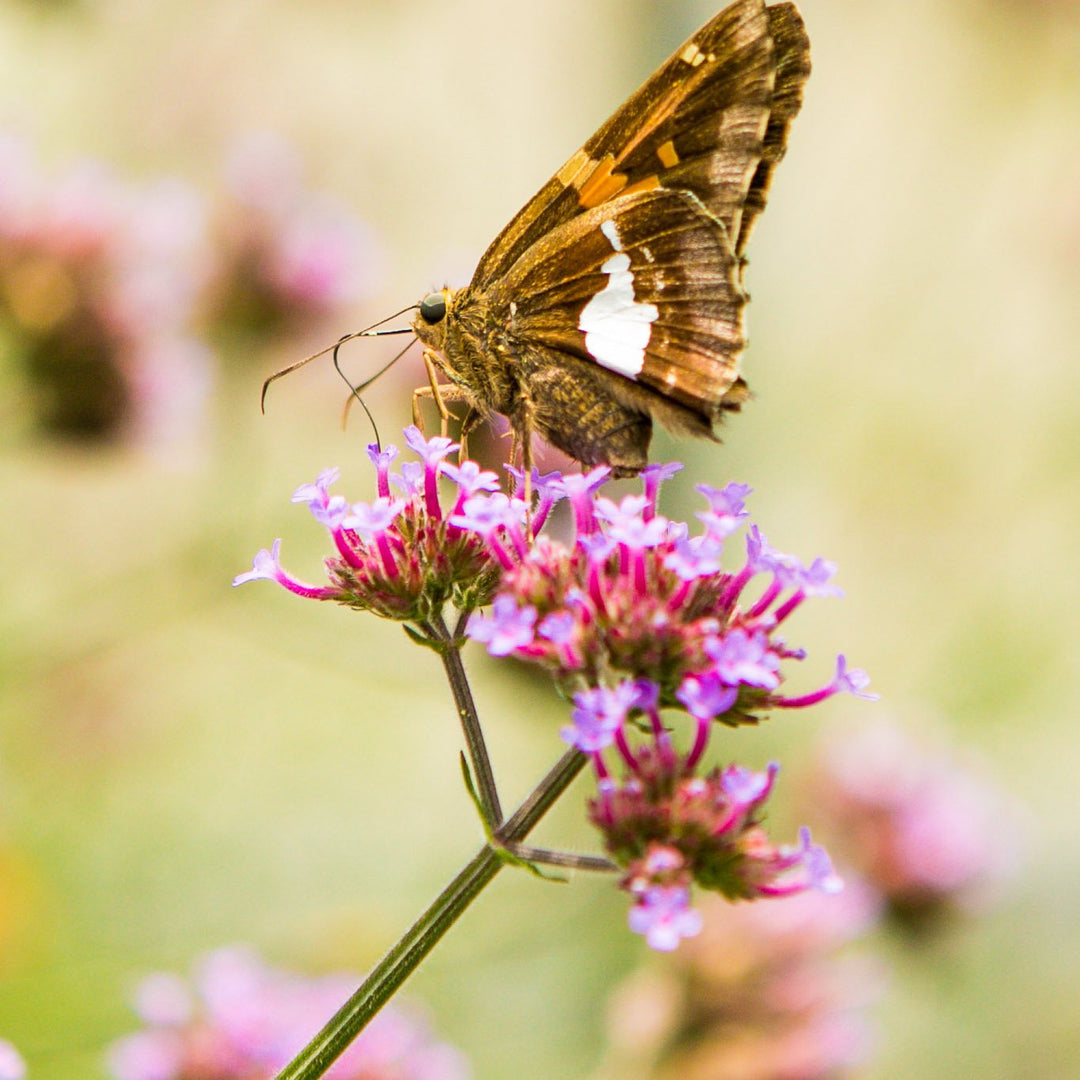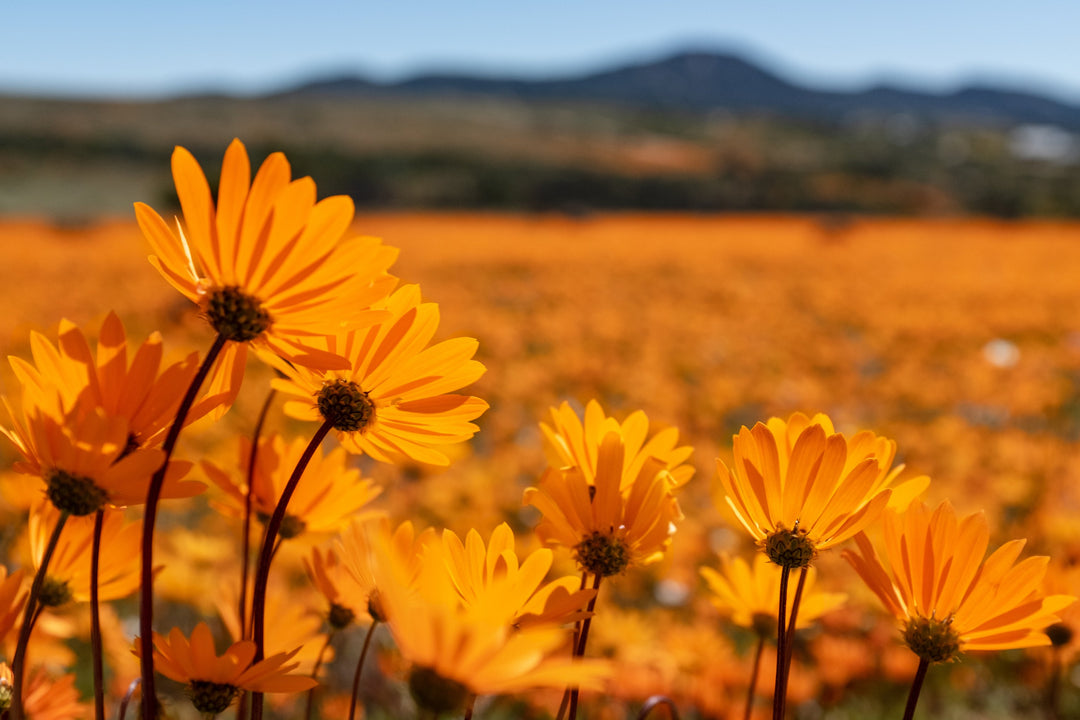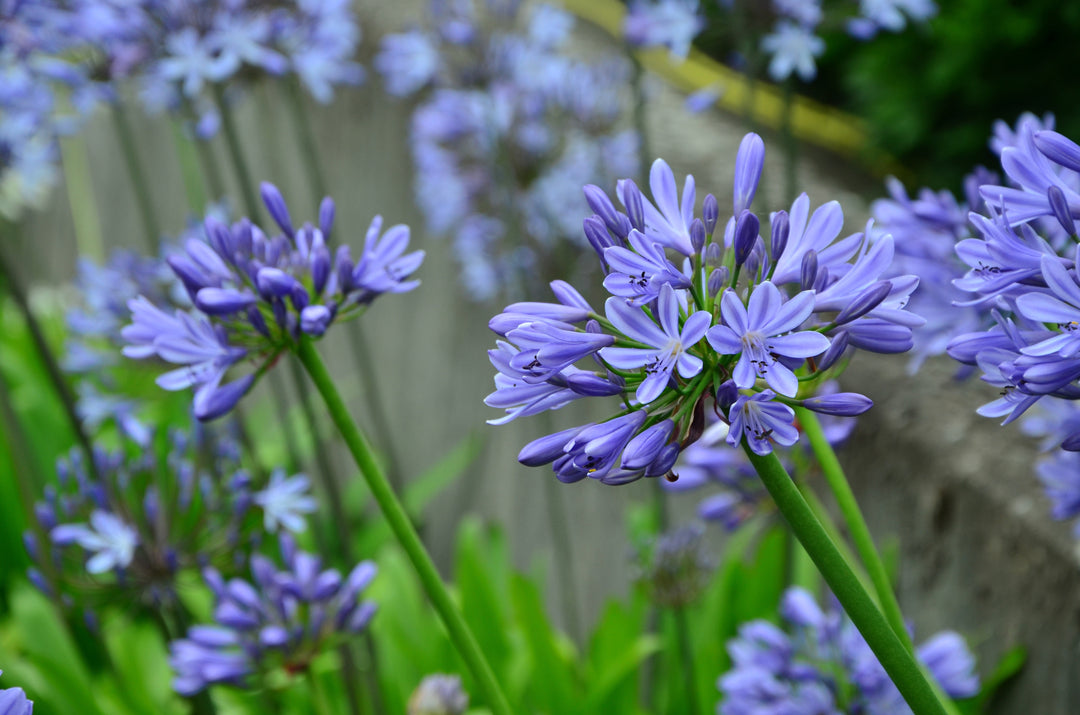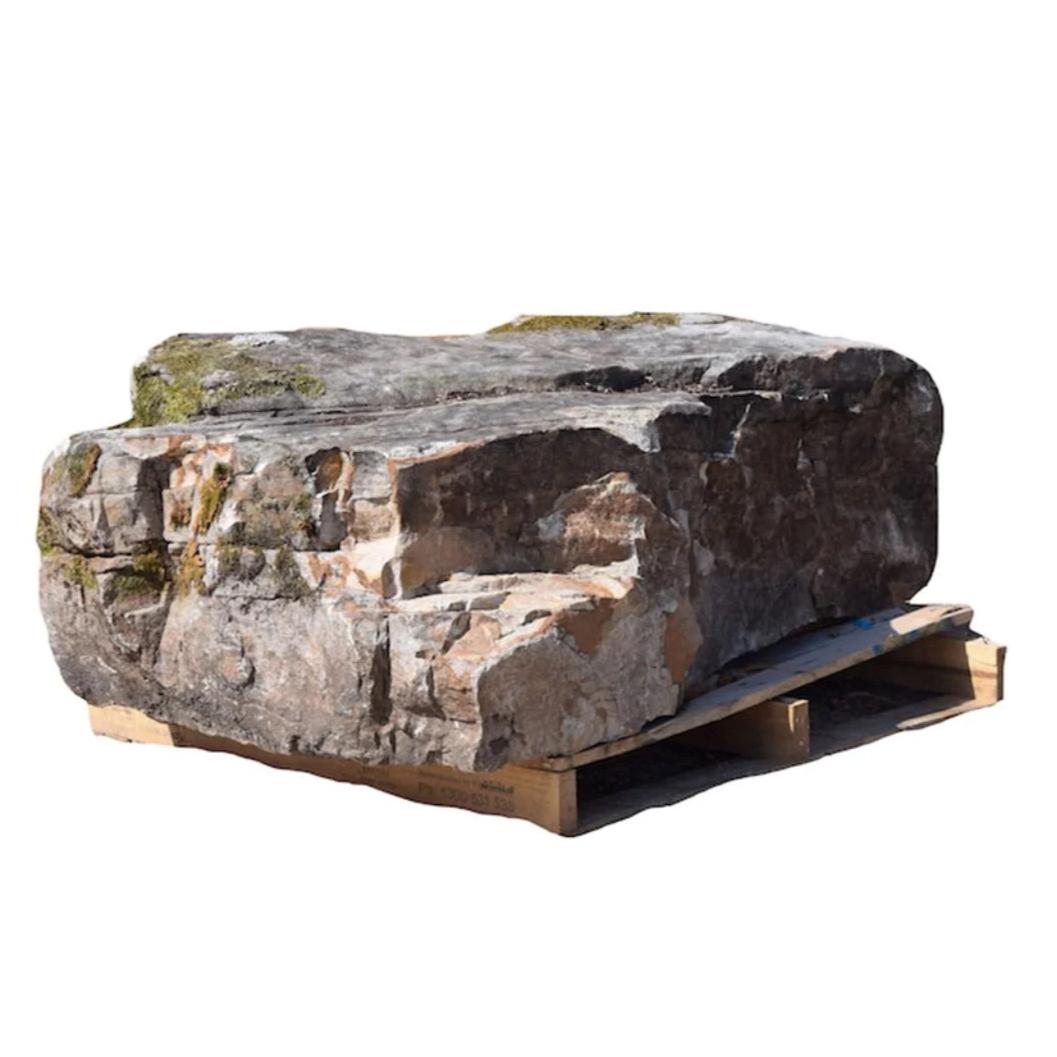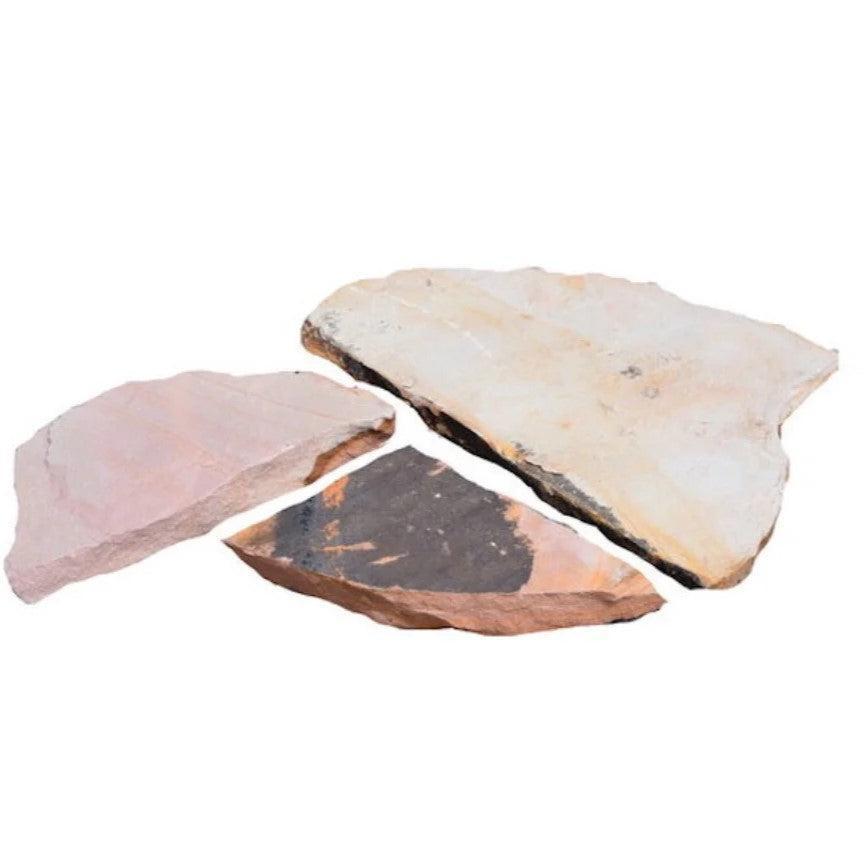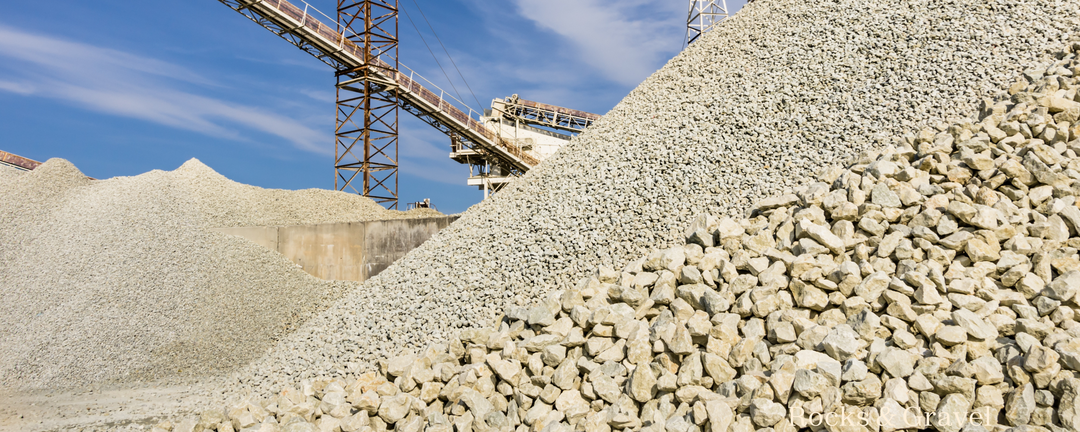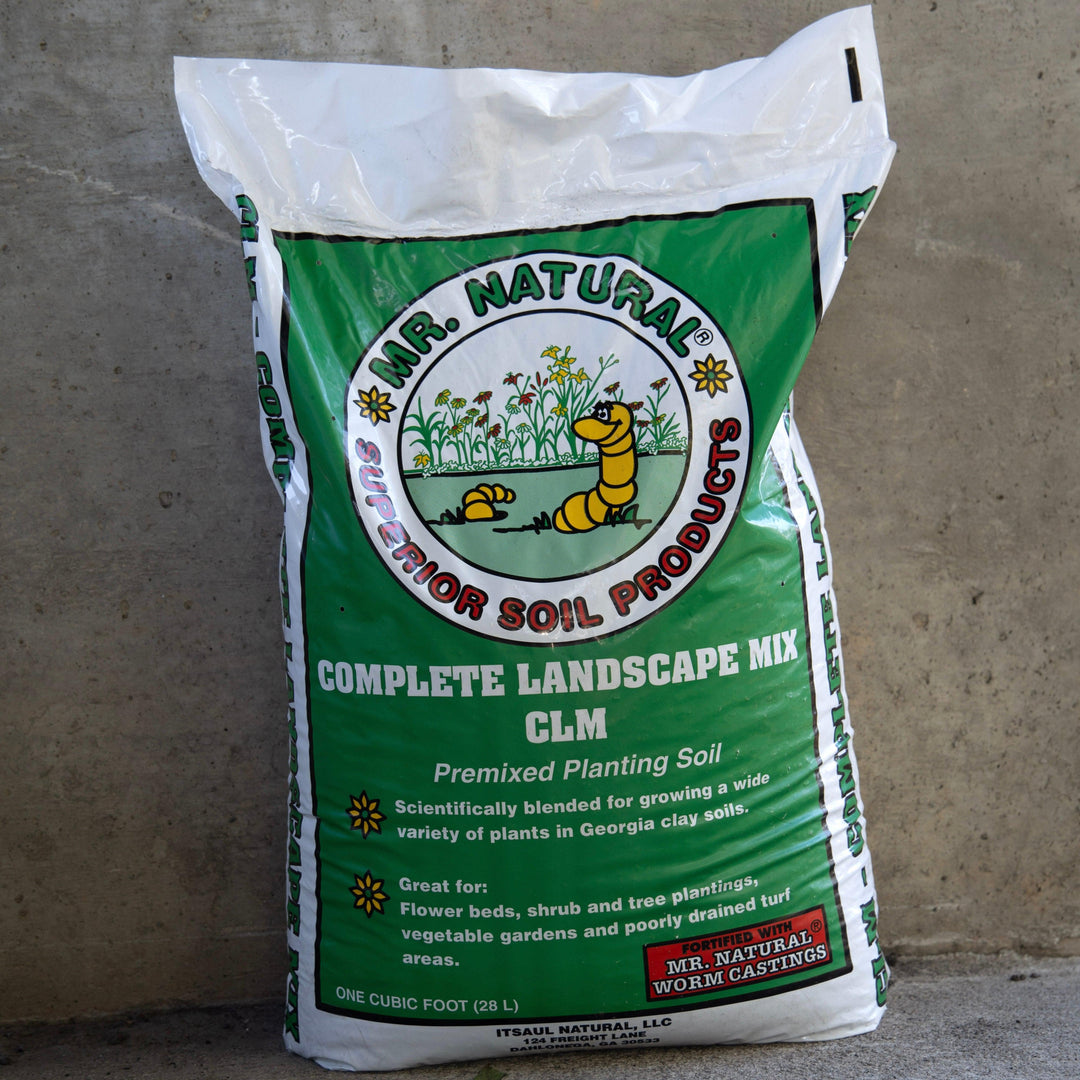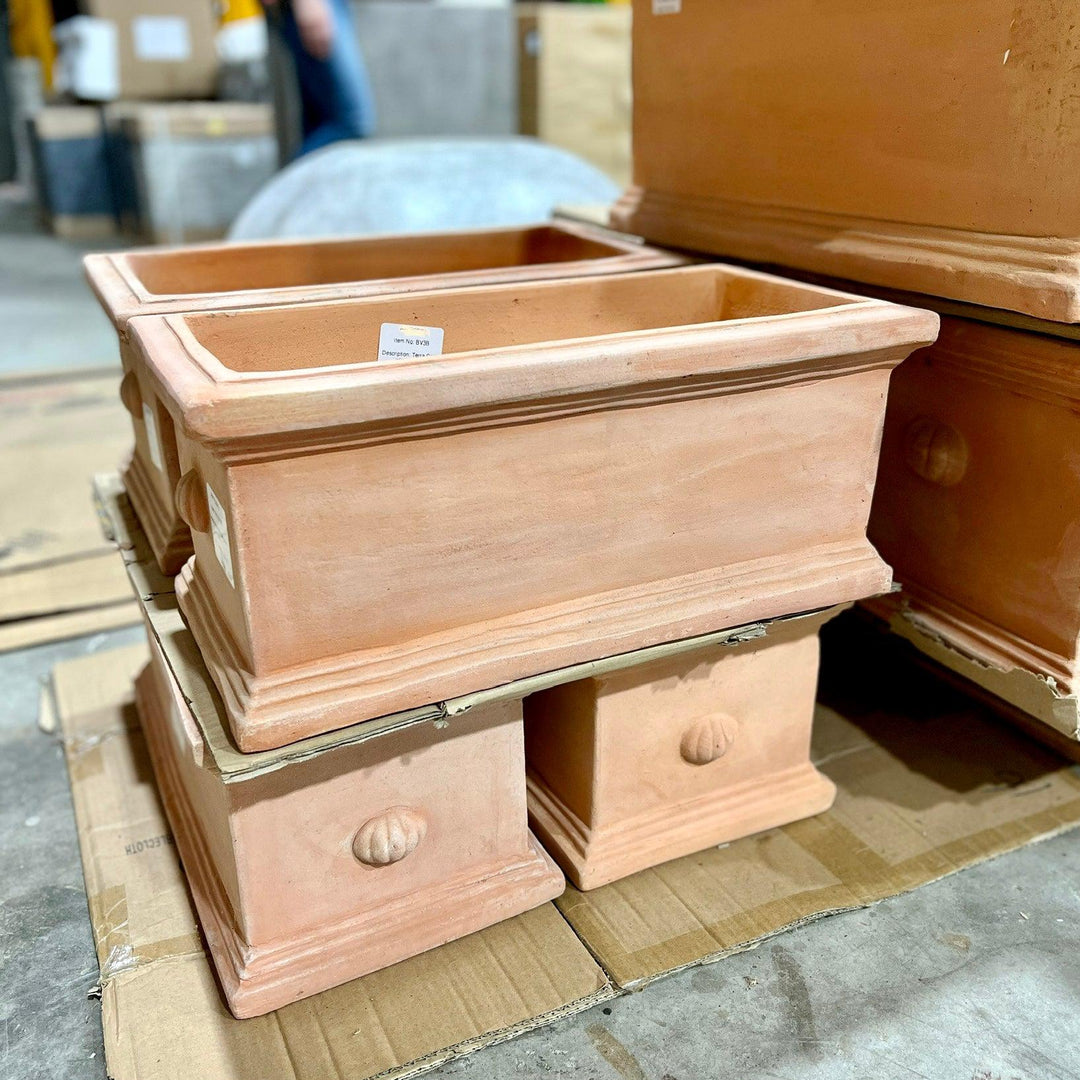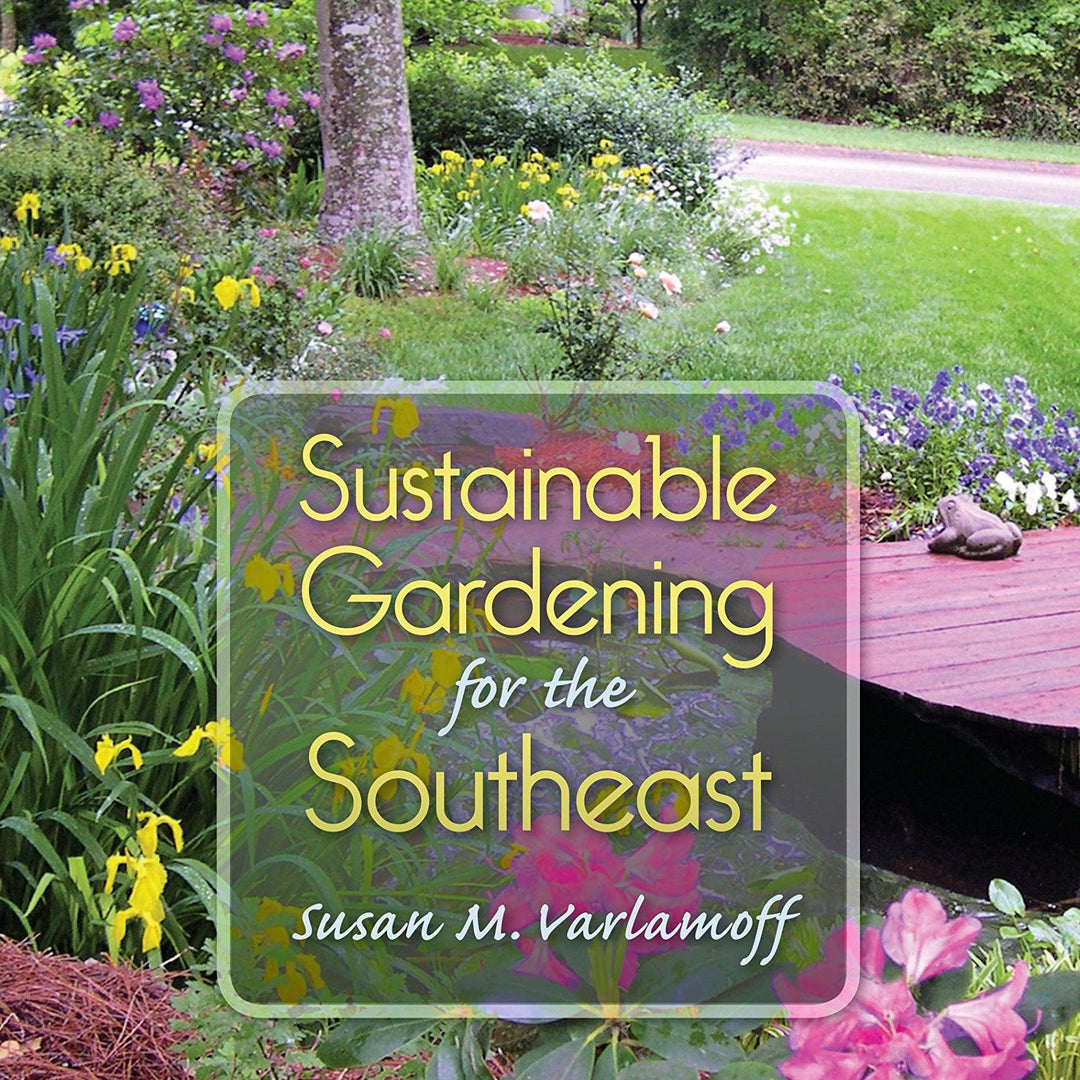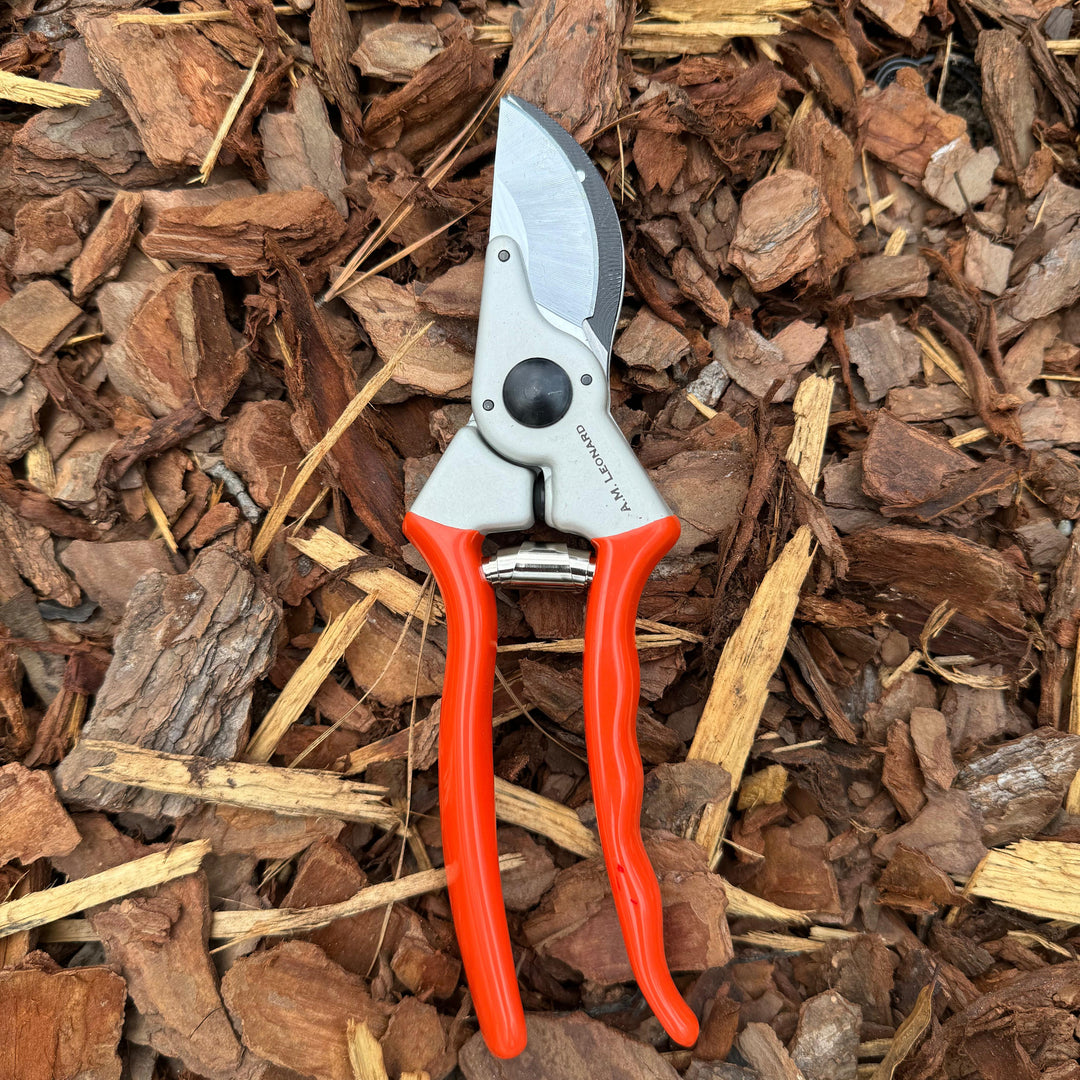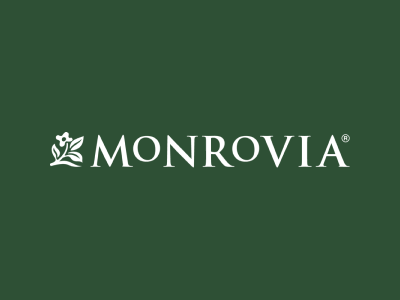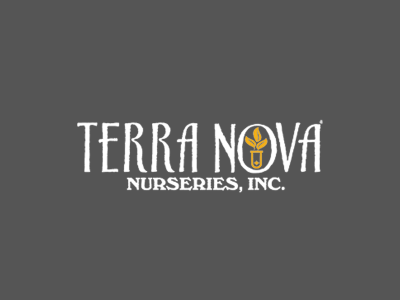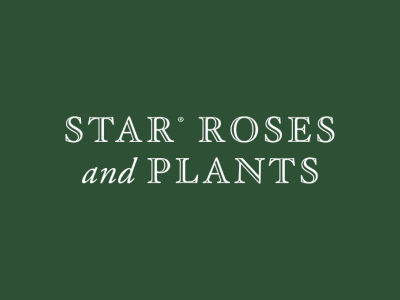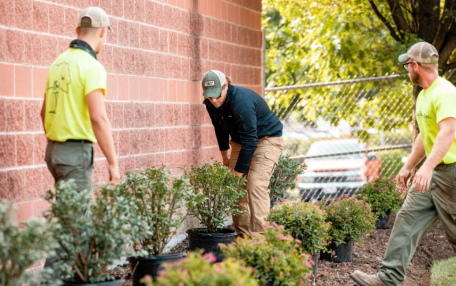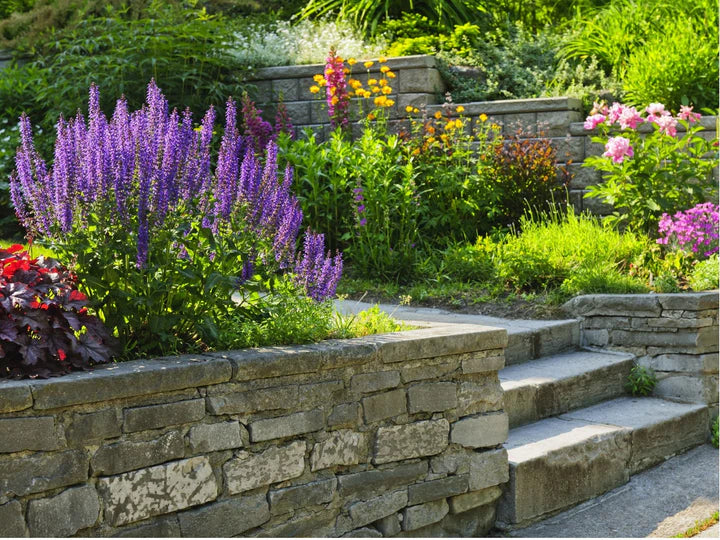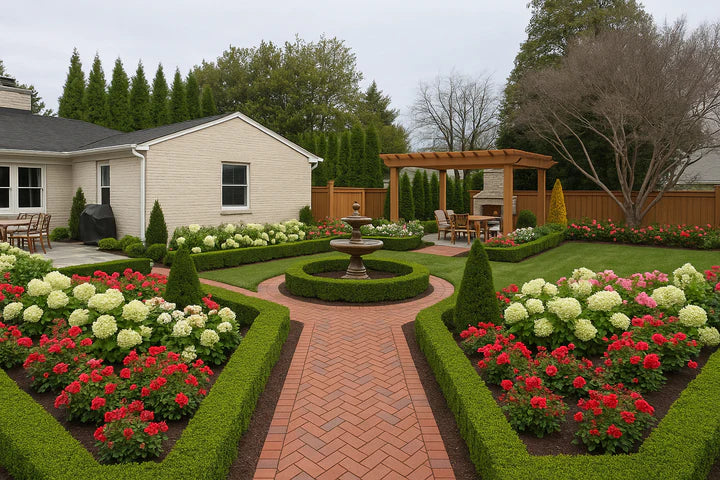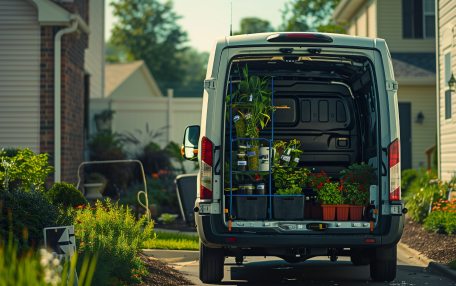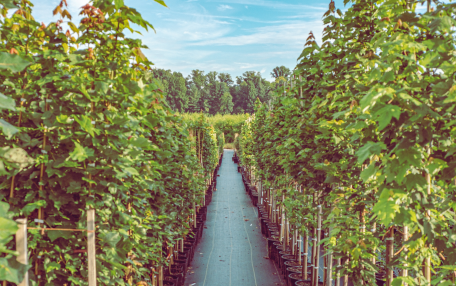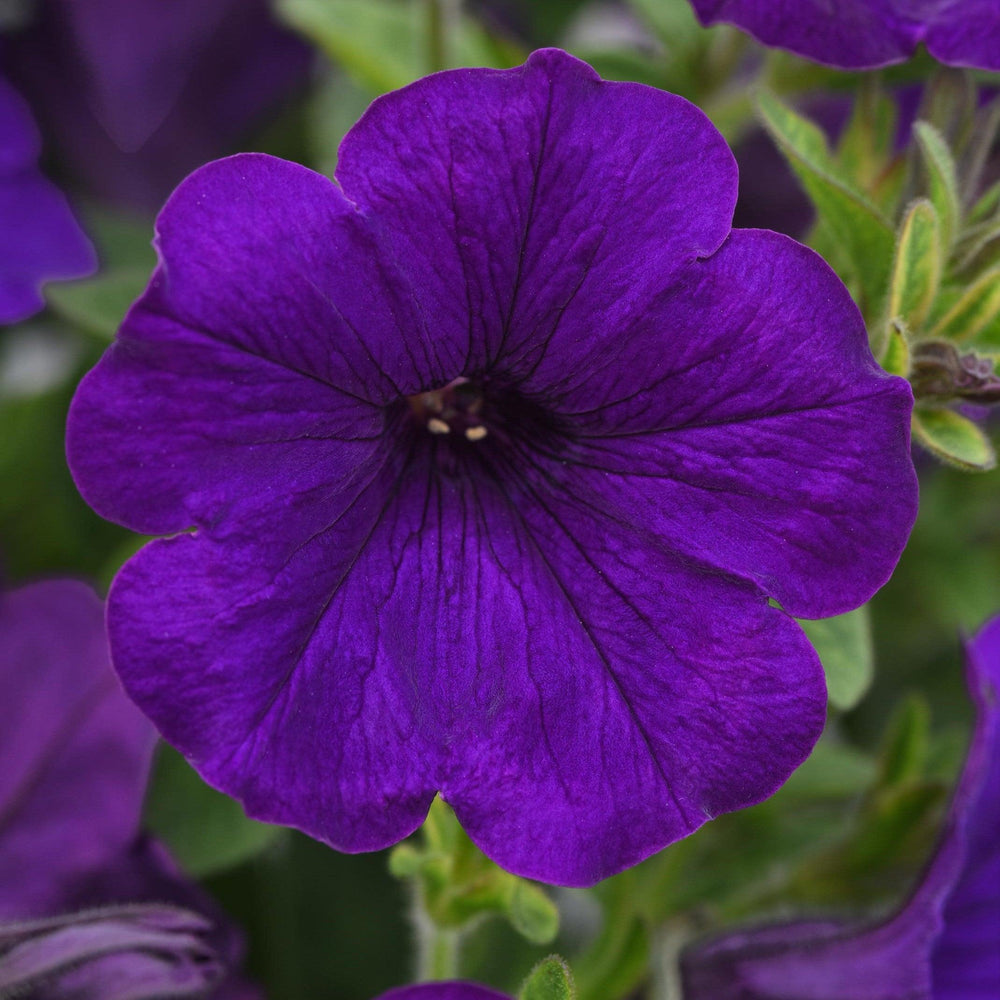Growing Ajuga Reptans Catlin's Giant Bugleweed in Your Georgia Garden
If you're looking for an eye-catching groundcover that will add some depth to your garden, consider Monrovia’s Ajuga reptans Catlin's Giant Bugleweed. This low-growing perennial is a favorite among Georgia gardeners for its unique and vibrant foliage, as well as its ability to thrive in a variety of growing conditions. But before you dive in and start planting, there are a few things you need to know!
Introduction to Ajuga Reptans Catlin's Giant Bugleweed

IMAGE: Krzysztof Ziarnek, Kenraiz, Ajuga reptans 'Caitlin's Giant' kz4, CC BY-SA 4.0,
Catlin's Giant Bugleweed is a variety of Ajuga reptans, a species native to Europe, Asia, and North Africa. This particular variety is highly sought after for its extra-large leaves, which can grow up to six inches long and three inches wide. The leaves are a striking shade of bronze-green, with hints of purple and burgundy mixed in. In the spring, Catlin's Giant Bugleweed produces spikes of blue-purple flowers that rise above the foliage.
Characteristics of Catlin's Giant Bugleweed
The most notable characteristic of Catlin's Giant Bugleweed is its large, showy leaves. These leaves are semi-evergreen, which means they may die back in harsh winters but will return in the spring. The foliage grows in rounded rosettes and spreads quickly, making this a great option for groundcover. The flowers appear in mid to late spring and are a magnet for bees and butterflies.
One interesting fact about Catlin's Giant Bugleweed is that it is a member of the mint family. This means that its leaves have a slightly minty scent when crushed. Additionally, the plant is known for its ability to tolerate a wide range of growing conditions, from full sun to partial shade and even damp soil.
Origins and History of Ajuga Reptans
Ajuga reptans has a long history of cultivation, dating back to the 16th century. The plant was prized for its medicinal properties, which were believed to include the ability to staunch bleeding and soothe skin ailments. Today, Ajuga reptans is primarily grown as a garden plant for its ornamental value. There are many varieties available, each with its own unique foliage color and shape.
Despite its long history of cultivation, Ajuga reptans is still a popular plant today. Its low-growing habit and ability to spread quickly make it an ideal choice for groundcover in gardens and landscapes. In addition to Catlin's Giant Bugleweed, there are many other varieties of Ajuga reptans available, including 'Chocolate Chip', which has small, chocolate-brown leaves, and 'Burgundy Glow', which has variegated leaves in shades of green, white, and pink.
Overall, Ajuga reptans is a versatile and attractive plant that is sure to add interest to any garden or landscape. Whether you choose Catlin's Giant Bugleweed or another variety, you can be sure that you are adding a plant with a rich history and a bright future to your outdoor space.
Preparing Your Garden for Planting
Here are some tips for preparing your garden for planting this versatile plant.
Choosing the Right Location
When selecting a spot to plant your Catlin's Giant Bugleweed, it's important to consider the amount of sunlight the plant will receive. While it can tolerate partial to full shade, it may benefit from some protection from direct sunlight during the hottest parts of the day in hotter climates. Additionally, the soil should be moist but well-draining, as Ajuga reptans doesn't like to sit in water. Avoid planting in areas that are prone to standing water or have compacted soil.
One thing to keep in mind when choosing a location is the potential for the plant to spread. Ajuga reptans is a ground cover plant that can quickly take over an area if not properly contained. Consider planting it in an area where it can spread freely, or use barriers such as edging or containers to keep it contained.
Soil Requirements and Preparation
Catlin's Giant Bugleweed can tolerate a wide range of soil types, from sandy to loamy to clay. However, it prefers soil that is rich in organic matter and slightly acidic. Prior to planting, it's a good idea to test your soil to determine its pH level. If the pH level is too high, you can lower it by adding sulfur or other acidic amendments. If the pH level is too low, you can raise it by adding lime or other alkaline amendments.
Once you've determined your soil's pH level, it's time to prepare the soil for planting. Amend the soil with compost or well-rotted manure to give your Catlin's Giant Bugleweed the best chance of success. This will help improve soil structure and fertility, which can lead to healthier plants and better yields.
Climate Considerations
Catlin's Giant Bugleweed can be grown in USDA hardiness zones 3 through 10, making it a versatile plant for many regions. However, it may struggle in areas with extremely hot summers or dry conditions. If you live in a particularly arid region, be sure to keep your Catlin's Giant Bugleweed well-watered and mulched to help maintain moisture levels.
Another climate consideration to keep in mind is the plant's ability to withstand winter weather. While Catlin's Giant Bugleweed is generally hardy, it may struggle in areas with harsh winters. Consider providing some protection for your plants during the winter months, such as a layer of mulch or a cover made from burlap or other breathable material.
By following these tips, you can prepare your garden for planting Catlin's Giant Bugleweed and enjoy its beautiful foliage and flowers for years to come.
Planting and Propagation Techniques

IMAGE: Krzysztof Ziarnek, Kenraiz, Ajuga reptans Caitlin's Giant kz2, CC BY-SA 4.0
The following represent some tips and techniques for planting and propagating this stunning plant.
Starting from Seeds
While Catlin's Giant Bugleweed can be grown from seed, this method can be a bit unpredictable. However, if you're up for a challenge, it can be a rewarding experience to grow this plant from scratch. Try starting seeds indoors about eight weeks before your last expected frost date. Sow the seeds in a tray filled with seed-starting mix and keep them moist and warm until they germinate. Once the seedlings are large enough to handle, transplant them into individual pots and grow them on until they are large enough to plant outdoors.
It's important to note that growing from seed can take a bit longer than other propagation methods, but it can also be a fun and educational experience for gardeners of all ages.
Propagating from Cuttings or Divisions
Dividing mature plants is the easiest way to propagate Catlin's Giant Bugleweed. Wait until late spring or early summer when the plants are at their most vigorous and carefully dig them up. Use a sharp knife or spade to divide the plant into smaller clumps, being sure to include some roots on each division. Replant the new clumps immediately and keep them well-watered until they become established.
Another propagation method is taking cuttings from the plant. This method is best done in the spring or early summer when the plant is actively growing. Take a cutting that is about four inches long, remove the lower leaves, and dip the cut end in rooting hormone. Plant the cutting in a pot filled with moist potting soil and keep it in a warm, bright location. Once the cutting has rooted, it can be transplanted to its permanent location in the garden.
Planting and Spacing Guidelines
When planting Catlin's Giant Bugleweed, it's important to choose a location that receives partial to full shade. The plant prefers moist, well-draining soil and can tolerate a wide range of soil types. Space the plants about 12 to 18 inches apart. If you're planting them as groundcover, you can space them a bit closer at around eight inches apart. Dig a hole that is slightly larger than the root ball of the plant and backfill with soil. Be sure to water the plant thoroughly after planting to help settle the soil.
Once established, Catlin's Giant Bugleweed requires minimal maintenance. It's a great plant for attracting pollinators to your garden and can also be used as a natural weed suppressor.
Caring for Your Catlin's Giant Bugleweed

IMAGE: Photo by David J. Stang, Ajuga reptans Catlins Giant 0zz, CC BY-SA 4.0
Watering and Fertilizing Requirements
Catlin's Giant Bugleweed prefers consistently moist soil, so be sure to water it regularly during dry spells. Avoid overhead watering, as this can increase the risk of powdery mildew. Instead, water at the base of the plant. Catlin's Giant Bugleweed doesn't require much fertilizer, but you can apply a balanced fertilizer in the spring if you feel it needs a boost.
Pruning and Maintenance Tips
Prune your Catlin's Giant Bugleweed in early spring, just before new growth begins. Trim back any dead or damaged foliage, as well as any stems that have become too long and leggy. Catlin's Giant Bugleweed can become invasive in some climates, so be sure to keep an eye on its spread and trim back any errant stems that stray too far from the main plant.
Pest and Disease Management
Catlin's Giant Bugleweed is relatively resistant to both pests and diseases, but it can be susceptible to powdery mildew, particularly in humid climates. To avoid this, provide good air circulation around the plant and avoid overhead watering. If you do spot signs of powdery mildew, treat with a fungicide according to the package instructions.
Final Thoughts
In conclusion, Monrovia’s Catlin's Giant Bugleweed is a wonderful choice for southern gardeners looking for a colorful and low-maintenance groundcover. With its unique foliage and tolerance for a variety of growing conditions, it's sure to be a standout in your garden. Happy planting!
Click here if you’d like to purchase this plant.
If you need any advice or tricks/tips in creating the garden of your dreams, we are here to make those dreams come true! Connect with us here, or chat with us via the chat button on the bottom of any page on our website.
To create a landscape that gives you joy every time you walk out your door or look out your window, it’s important to have a design plan in place. Learn more about our elite Designer Marketplace platform, which allows you to select easily from a list of expert landscape designers, landscape architects, and more.
Click here to view more plants from the beautiful Monrovia® collection.

